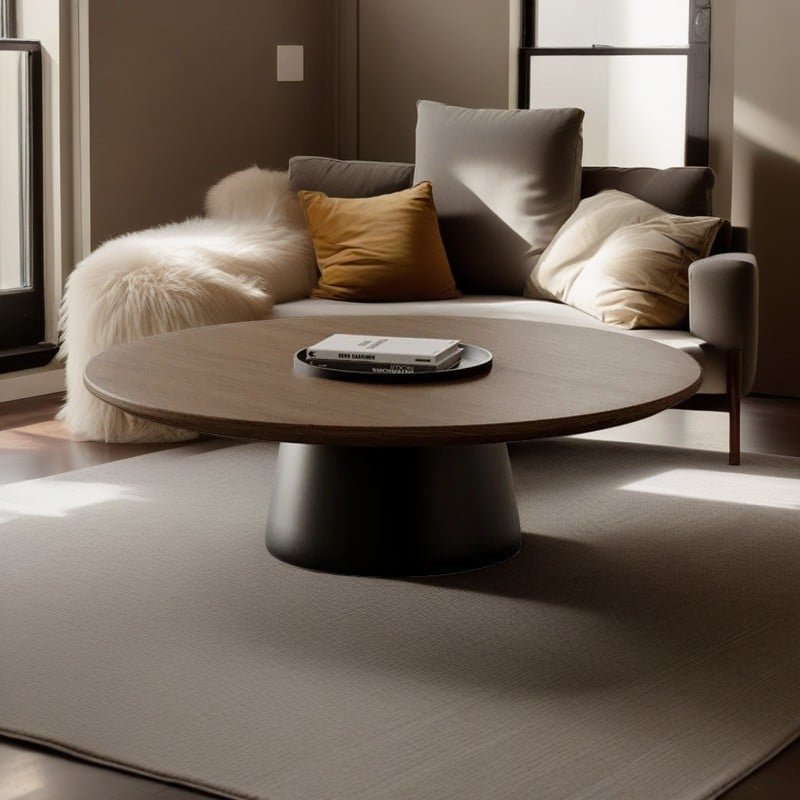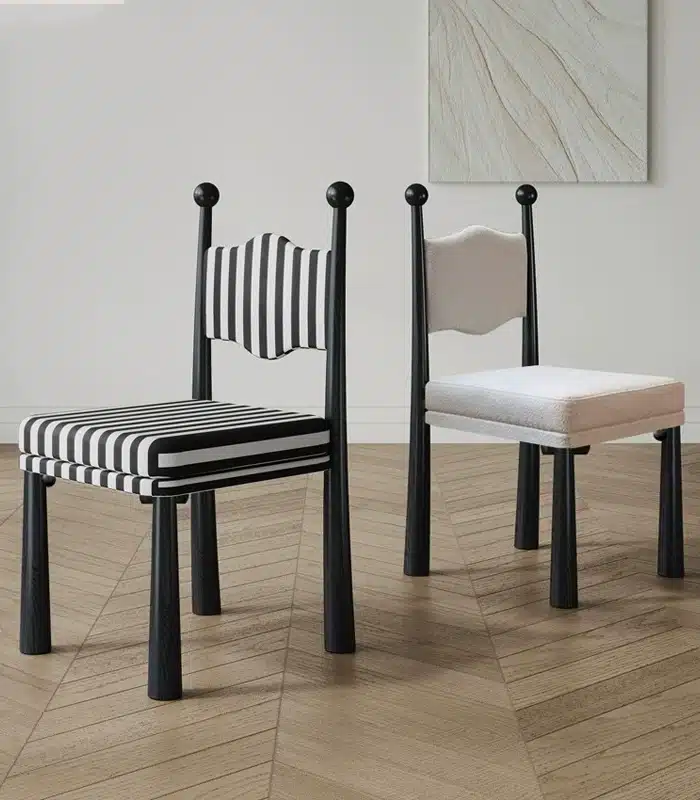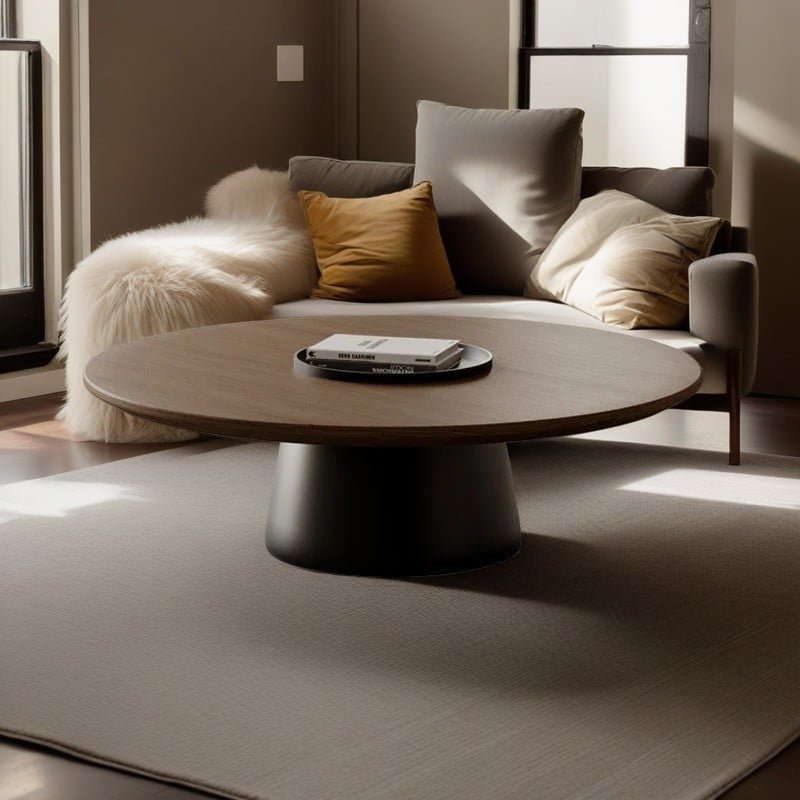Wood is a treasure gifted by nature. Every wooden product – whether it is a bracelet played with on the wrist, furniture that supports life, or exquisite ornaments that embellish the space – embodies unique textures, warm touch and natural vitality. They seem to breathe and will quietly change with time, environment and use. Proper maintenance can not only extend the life of wooden products, but also make this natural beauty last forever, and even become more mellow and charming. Master the following scientific maintenance methods to keep your beloved wooden products with you.
Core principles: Understand the “character” of wood
Natural materials: Wood is a relic of organic life, with porosity (breathing, absorbing and releasing water), hygroscopicity (expanding and shrinking with changes in ambient humidity), and anisotropy (different properties in different directions).
What are you afraid of?
Extreme temperature and humidity: The culprit for dry cracking, damp mold and deformation.
Direct sunlight/high temperature baking: Causes fading, cracking, and loss of gloss.
Water immersion/excessive moisture: Causes mildew, warping, and structural damage.
Chemical erosion: Alcohol, strong acid and alkali cleaners, perfumes, etc. will corrode the surface.
Scratches from hard objects/heavy pressure impact: Damage the surface paint film or the wood itself.
Dust and dirt accumulation: Affects the appearance and may penetrate into the pores.
General maintenance guide: Take care of every piece of wood
Gentle cleaning is fundamental:
Daily dust removal: Use a soft, clean, dry cloth (such as microfiber cloth, pure cotton cloth) to gently wipe along the wood grain. This is the most common and most important maintenance step!
Light stains: Use a slightly damp soft cloth (wrung out until no water drips) to quickly wipe the stain, and immediately wipe it dry with a dry cloth. Never let water stay on the surface for a long time!
Stubborn stains: Be careful! You can try to dilute it with a neutral or wood-specific cleaner, dip it on a soft cloth and gently wipe a small inconspicuous area to test it. Confirm that there is no adverse reaction before dealing with the stain, and wipe it dry immediately. Absolutely avoid using all-purpose cleaners, soapy water, and detergent!
Regular deep cleaning (furniture/decorations): Depending on the frequency of use, special wood maintenance wax or maintenance oil (such as beeswax, wood wax oil) can be used every few months for cleaning and maintenance (see below).
Temperature and humidity control is the key:
Ideal environment: Keep the indoor relative humidity between 40%-60%, and avoid drastic temperature fluctuations. This is the most effective way to prevent cracking, deformation, and mold.
Prevent dryness (especially in autumn and winter in the north/air-conditioned and heated rooms):
Use a humidifier to adjust indoor humidity.
Avoid placing wooden products (especially furniture and bracelets) near heat sources such as radiators, air-conditioning outlets, and stoves.
Hand strings for playing/storage: They can be placed in sealed bags (leave a small opening or put in slightly damp cotton balls) or plaything bags/boxes for storage. Avoid prolonged exposure to dry air.
Prevent moisture (rainy season in the south/coastal areas):
Use a dehumidifier or air-conditioning dehumidification function.
Ensure indoor ventilation.
Hand strings: Avoid getting wet or sweaty. If wet, wipe with a dry cloth and place in a cool and ventilated place to dry naturally. Do not expose to the sun or bake!
Furniture/ornaments: Keep away from water sources (such as toilets and sinks). Moisture-proof agents can be placed in the cabinet (note that they should be replaced regularly).
Protect from light and sun protection:
Avoid direct sunlight: Strong ultraviolet rays are one of the biggest killers of fading and aging of wooden products. Place furniture and ornaments away from direct light from windows, or use curtains or gauze to block them.
Bracelets: When not wearing, store them in bags/boxes to avoid direct sunlight. Try to avoid long-term exposure to the sun when wearing them.
Anti-scratch and anti-collision to maintain appearance:
Furniture: Use coasters, placemats, and tablecloths to prevent hot drinks and water cups from leaving marks or scratches. Handle items with care when moving them.
Ornaments: Place them in a stable position that is not easily knocked over. Be careful when cleaning the surrounding space.
Bracelets: Avoid collision and friction with hard objects (keys, metal watch straps, etc.). Store them separately.
Scientific maintenance to add luster:
Purpose: To replenish a small amount of oil lost from the wood, increase gloss, form a protective layer, and be waterproof and anti-fouling to a certain extent.
Frequency: Not too frequent! Depending on the environment and usage, it is generally sufficient to clean furniture/ornaments once a quarter or every six months. The bracelets are determined according to the playing situation and the characteristics of the wood (for example, sandalwood can be less oiled, and sea yellow can be regularly maintained with thin oil).
Supplies selection:
Beeswax/wood wax: The most traditional and safe choice, which can nourish the wood and form a protective film with natural luster. It needs to be evenly applied with a soft cloth, left to stand for a while, and then polished vigorously.
Special wood maintenance oil/maintenance cream: Choose products with good reputation and natural ingredients (such as plant oil base). The effect is similar to beeswax, and the operation may be more convenient.
Special maintenance oil for bracelets: Such as sandalwood essential oil (only for sandalwood and a very small amount is required), walnut oil (need to be cautious, it is easy to blacken), and special odorless maintenance oil for playing. Remember “less is more”! Drop 1-2 drops on your hands and rub them evenly, then twist the bracelet until absorbed, and finally wipe off the excess oil with a dry cloth.
Important tips:
Cleaning thoroughly before maintenance.
First try it in a small area in an inconspicuous place.
Apply thinly and evenly to avoid excessive accumulation of grease.
Choose the right product according to the wood species (hardwoods with high oil content, such as red sandalwood and huanghuali, require less additional oil than softwoods such as pine).
Stay away from “Internet celebrity remedies”: such as olive oil (easy to deteriorate, sticky and smelly), baby oil (mineral oil ingredients, may clog wood pores), alcohol wiping, etc.
Special tips for different wooden products
Wooden bracelets/rosary beads:
Play with clean hands: This is the core! Dirty hands, sweaty hands (profuse sweating) can easily make the beads dark and dirty. You can wear cotton gloves to play, especially in the early stage.
Play and put: After playing for a period of time (slightly warm feeling), let it sit for a few days to allow the oil secretion to oxidize and solidify to form a patina. Rushing to play will not produce good results.
Waterproof and sweat-proof: Be sure to take it off when bathing, swimming, and exercising a lot.
Avoid chemical contact: Stay away from hand sanitizer, perfume, cosmetics, etc.
Storage: Soft cloth play bags and special bracelet boxes are best, avoid long-term sealing of plastic bags (unless necessary to prevent cracking).
Solid wood furniture:
Stable placement: Make sure the four legs of the furniture are stable, and use gaskets to adjust if necessary to prevent stress deformation.
Regularly check fasteners: Tighten and reinforce screws and mortise and tenon joints in time.
Countertop protection: Use insulation pads, tablecloths, etc.
Moving: Lift and move, do not drag hard on the floor.
Wood carvings/craft ornaments:
Fine dust removal: For complex carvings, use a soft brush (such as a wool brush or a makeup brush) to gently sweep away the dust in the gaps, and then wipe with a dry cloth.
Avoid frequent movement: Reduce the risk of bumps.
Vulnerable parts: Be especially careful with slender, sharp or suspended parts.

Common Problems
Minor scratches: You can use special wood repair paste, crayons of similar colors or walnut kernels (only for dark wood) to gently apply and cover.
Watermarks/white marks: Try to use a damp cloth with an electric iron (lowest temperature! Iron quickly!) or apply a small amount of salad oil/egg yolk to cover and then use a hair dryer to dry with slight heat (be careful, the risk is high). Severe cases require professional repair.
Mold: Minor mold spots can be gently wiped off with a soft cloth dipped in diluted alcohol (or special mold remover), wipe dry immediately and place in a ventilated and dry place. Severe mold requires professional treatment and the source of moisture must be completely resolved.
Cracks: Small cracks can be filled and polished with wood powder + wood glue. Large cracks require professional carpentry repair, and the focus is on adjusting the environmental humidity to prevent them.
Conclusion
Maintaining wooden products is essentially a process of living in harmony with natural things. Understand the natural characteristics of wood, respect its need to “breathe”, provide a stable and suitable environment, and use scientific and gentle cleaning and maintenance. Your favorite wooden items – whether they are bracelets to accompany your wrists, furniture that bears the years, or pleasing ornaments – will return your efforts with a warmer luster and a more stable temperament. Time flows, the charm of wood is long, and only with careful maintenance can you witness that this vitality from nature becomes more precious with time.
https://muyizhijia.com/product-category/furniture



